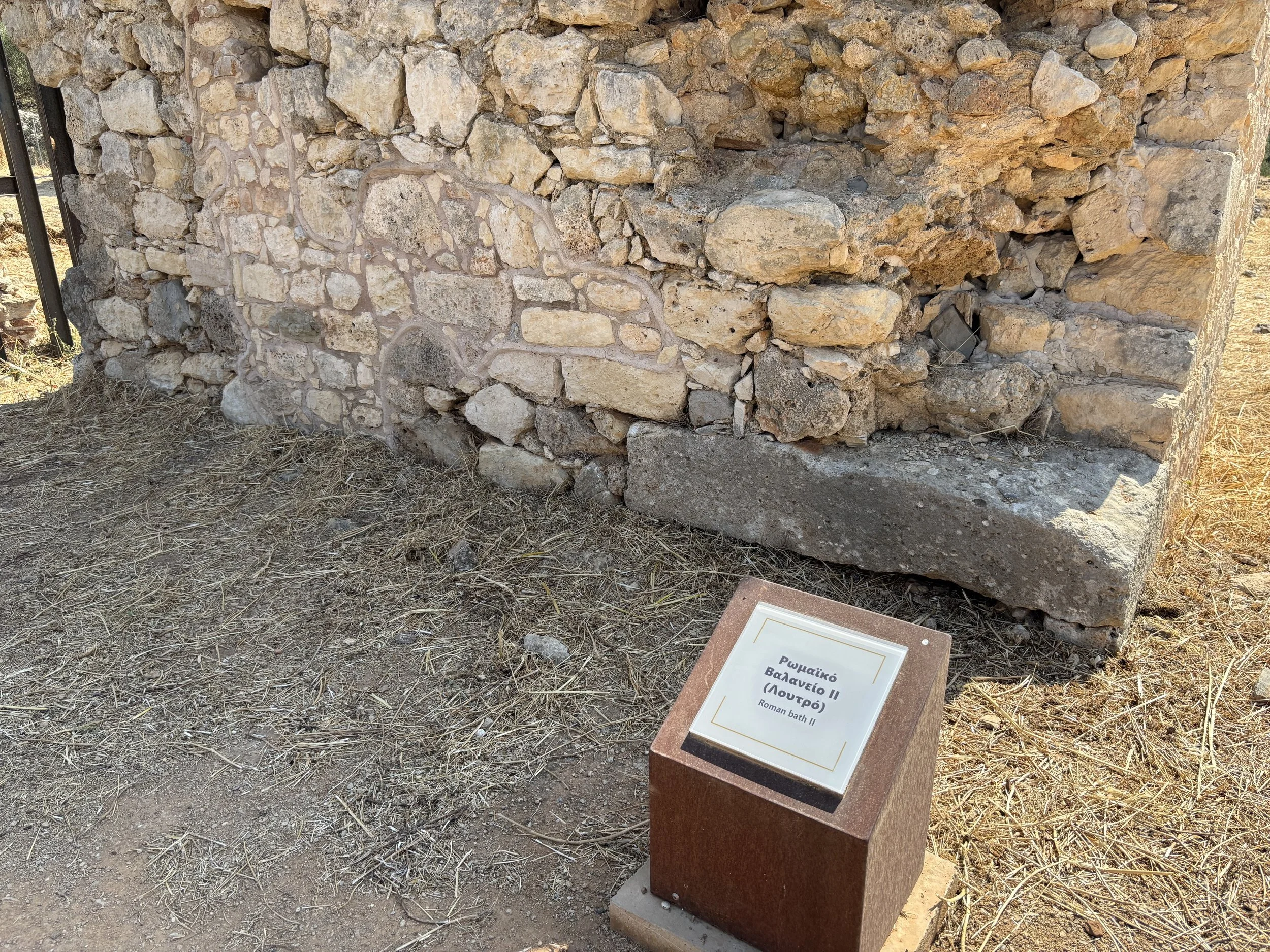Ancient Crete - Aptera & Cretan Archers - NML On Tour
From the time of Homer to the campaigns of Alexander and Rome, Cretan archers earned a reputation across the ancient world as elite mercenaries — light infantry who could harass, outflank, and survive. They were not tribal skirmishers, but highly trained professionals — reliable enough to fight alongside Athenians, Spartans, the Diadochi, and later as auxiliaries in the Roman legions.
Living on a rugged, mountainous island shaped by centuries of conflict, the men of Crete learned to master the terrain, pick their moments, and fire with lethal effect. The were well renowned across the ancient world and walking the rugged, sometimes unforgiving ground here in Chania, you can see why these warriors earned such a reputation.
In honour of these historical warriors, I’ve painted a set of 15mm Cretan Bowmen from Xyston Miniatures — perfect for use in my Art de la Guerre (ADLG) armies.
These sculpts are brilliantly dynamic, with bows mid-draw and cloaks in motion.
Tunic Colours: Warm Greys and beige tones.
Bows: Layered wood tones with highlights for realism and contrast.
Quivers & Belts: Leather effects, aged with soft washes to reflect use in campaign.
Basing: Terrain textured to match the rocky hills and coastal dust I’ve walked across.
During my trip to Crete I made my way up the winding roads into the hills to reach the ancient city of Aptera. The ruins are quiet and commanding, perched high above the sea with panoramic views across the bay and inland mountains. It's a site steeped in layers of history—once a powerful city-state during the Classical and Hellenistic periods, later taken by Romans, and then fortified by the Byzantines. Walking among the remains of Roman cisterns, and the ancient theatre, I felt a powerful connection to the timeless history of the island.
Aptera brought the Cretan archer narrative full circle for me. This wasn't just a mythic homeland—they trained and fought from here, drawing strength from the island's rugged terrain and independent spirit. Standing atop the old battlements, looking out over the sea, you can imagine the elite mercenary archers of Crete—disciplined, feared, and far from home in many battles. Seeing the place in person added a grounded realism to the figures I paint.
Theatre, Aptera
Roman Ruin, Aptera
Chania, West Crete
Thanks to some assistance from Google Maps, I was able to locate Kastelli Hill in Chania—the ancient heart of Kydonia and a place once tethered to the wider power of Aptera. Standing there, amid quiet stones and olive trees, I looked out across the bay where fleets once sailed and mercenaries may have departed. The hill carries layers of history beneath its surface—Minoan foundations, Classical walls, and Ottoman remnants—all piled upon one another like sedimented time.
Some of these ruins date back to the Minoan period, over 3,500 years ago, making Kastelli Hill one of the oldest continuously inhabited sites in Crete. As I walked its paths, the layers of history were tangible—Bronze Age foundations beneath Venetian walls, Ottoman doorways set into ancient stone.
In ADLG terms, Cretan archers are fielded as Elite Light Infantry Bow. That may sound minor — but they can be game-changers. I use mine to:
Screen cavalry or heavy infantry blocks
Disrupt enemy flanks early, forcing costly repositioning
Control terrain, especially rough ground, where heavy infantry flounder
They don’t win games in one turn — but over the course of a battle, their presence shapes the field.
As I walk these ancient places, I’ll be sharing more of my completed works including Byzantine and WW2 miniatures alongside images of the landscape that inspired them.
Whether you’re a historian, painter, or wargamer, I hope you’ll find something in these figures — and in Crete itself.
More blog posts to come!
Matt















